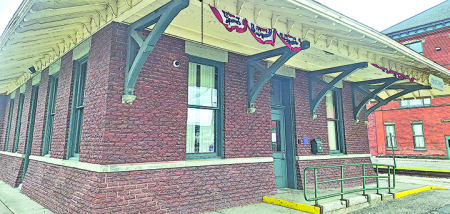A Lesson In Agricultural Economics
Published:
July 23rd, 2009
By:
Melissa Stagnaro

Last week I sat listening to a panel of experts at the Dairy Conference at SUNY Morrisville try to explain the intricacies of milk pricing. I say “try” because, despite my economics degree, much of it still sounded like Greek to my ears.
As every student learns in their high school econ class, one of the most basic principles of economics is that of supply and demand. Here, I’ll give you a little refresher using “widgets,” which is what one of my favorite college professors, Dr. Abdulahad, always as his example.
The premise is that the price of widgets is set by the interaction of buyers and sellers in the marketplace. As supply of widgets increases, the price in the marketplace decreases. If the supply decreases, creating scarcity, the price will increase. The opposite is true for demand shifts. With greater demand, the price will rise. If demand drops off for widgets, the price will fall. Seems logical enough, right?
While outside factors may cause fluctuations, over time markets tend to reach an equilibrium. If the price is higher, more producers will be willing to make widgets, while less consumers will buy at the higher price. The surplus will cause the price to drop, as sellers compete for buyers. And while the lower price will make widgets more attractive to buyers, producing them will be less attractive. You get the picture.
Or at least you would if I hadn’t put you to sleep with all that mumbo-jumbo.
Author: Melissa Stagnaro - More From This Author
Comments










